
The Most Common Reasons For Postpartum Cramping And How You Can Get Relief From It
6 min readWritten by Editorial Team


Pregnancy is a blooming phase in a woman’s life. It comes with a lot of hormonal changes, mood swings, and not to miss the pains and cramps. But the difficult part is that the pains, cramping, and mood swings also continue after the delivery of the baby. The body undergoes a lot of changes physically during pregnancy, and it takes some time to get back into its original shape which is why it is common to have these severe postpartum cramping.
Even though it is normal for the body to undergo the pains of fighting back to get into shape, it is important to understand what postpartum cramps are? Its causes and the types of pain that are experienced after delivery, the duration of the pains, the feeling of the cramps, the common pains and cramping, etc.
In This Article
- What Are Postpartum Cramping?
- Causes Of Pains And Cramps After Delivery
- How Long Do Afterbirth Pains Last (In Weeks)?
- What Do Afterbirth Pains Feel Like?
- Common Postpartum Pain And Cramping
- How To Relieve Postpartum Cramps
What Are Postpartum Cramps?
The cramps post-delivery are very painful and unnerving as they are an indication that the body is getting back to the pre-pregnancy form. They are experienced for some days or months post-delivery, yet their intensity varies from one woman to the other.
The uterus expands during pregnancy and thus post-delivery its contraction and shrinkage to its regular size leads to cramps in the abdomen also referred to as postpartum cramps. The uterus takes almost a month or two to return to its original shape.
Even then, most women experience severe pains in the initial days after the delivery. Also, the intensity of the pain increases as the baby starts the mother feed, which releases oxytocin, a kind of hormone that elicits the uterus contraction.
Causes Of Pains And Cramps After Delivery
Pains and cramps even though common post the delivery phase, it is important to understand the causes that result in cramps and pains post the delivery.
After the delivery, the main factors causing the pain are generally stress and worry as well as anxiety. Apart from that, there are numerous other reasons that can be seen undermentioned.
- Pregnancy is a phase where the uterus multiplies up to 30 times its original size and becomes like a huge ball. Thereafter, post-delivery it shrinks back to its normal size, almost the size of a small apple. This contraction or shrinkage then leads to cramps and pains.
- Another vital cause for uncomfortable pains and cramps is breastfeeding. The process when the baby sucks milk, releases oxytocin, a hormone that results in pain as it stimulates uterus contraction.
- In case the women are delivered via C-section, it is common for the pregnant women to go through abdominal pain that lasts for a longer duration and is accompanied by a tingling sensation.
How Long Do Afterbirth Pains Last (In Weeks)?
The time post the birth of the baby is an uncomfortable one for most pregnant women as they undergo uneasiness in the initial days after the delivery as the body prepares to get back to a pre-pregnancy form.
Pains and cramps are common to be experienced by women post the delivery. The duration taken by the uterus to get back to its original size (at the pre-pregnancy time) is about two to three months or six weeks while the acute pain takes a day or two after the delivery. It is advised to see a doctor in case of persistent pain.
What Do Afterbirth Pains Feel Like?
It is important to keep in mind that one needs to take utmost care and one must give time to oneself for taking good and proper care of the baby as it is an important feature of being a good parent. To be able to take good care of the baby the mother should take time to heal and rest well so that the baby can be attended to well.
The pain that arises in labor contractions and menstrual cramps is similar in afterbirth pains as uterus contraction leads to acute pain. This is stronger for the mothers who have delivered more than once and milder for the first-time mothers as their uterine muscles are better than the second ones.
Getting back into the pre-pregnancy, post-delivery is quite a challenging one both emotionally as well as physically. It is thus important to have a comfortable time and take adequate rest and take practical steps. It is also important to keep following up with the doctor after every six weeks so that one can discuss any queries or confusion.
Common Postpartum Cramping And Pain
The body goes through numerous changes during pregnancy and even after that. Because of the many changes that are experienced by the body, women can undergo pains and cramps in different parts of their bodies. The pain and cramps can happen in all these parts or can be different for the different women or in one of the parts of the body.
Some of the pains that can be experienced are given as under:
1. Back Pain After Delivery
The stress during labor is strenuous for the muscles as the body keeps undergoing many changes and post-delivery muscles take time to regain their strength causing back pain and this worsens in case one is overweight. This also lingers for women who have been experiencing back pain before pregnancy.
2. Lower And Upper Postpartum Abdominal Pain
This pain happens due to protracted uterine contractions and even nursing. This pain could also be due to some complications
3. Pelvic Pain After Delivery
The pelvic bones keep expanding and contracting for the delivery that causes pain and could also be due to wear and tear of the muscles and the tissues. This pain could be troublesome while urinating, during bowel movements, and even during sexual intercourse.
4. Leg Pain, Postpartum
Leg cramps are the most common symptom as all the additional bodyweight is carried by the leg muscles. This is also aggravated by hormonal changes, sitting for longer durations, breastfeeding for longer hours, and sleep deprivation.
5. Postpartum Hip Pain
Under vaginal delivery, hip pain is very common as the pelvic bones and hips are the areas that get affected.
6. Chest Pain Post-Delivery
The strained muscles at the time of labor could lead to chest pain or infections. Acute pain breathlessness or a cough accompanied by blood needs immediate medical supervision.
7. Lactation Headaches During Breastfeeding
A Lactation headache, especially during breastfeeding, is another common feature and this lasts for a few weeks or even for months till the process of weaning is on. Though in the case of persistent headaches, one needs medical assistance.
8. Stomach Pain After Consumption Of Food Post-Delivery
Having stomach aches after consuming food due to gastric troubles that could linger for at least six months post-delivery.
9. Pain In The Uterus Post-Delivery
Post-childbirth the uterus takes two to three months to get back to pre-pregnancy form. The contraction at this time leads to pain in the uterus and can descend as well.
10. Postpartum Breast Pain
The week following childbirth notices a drastic change in breast size. As they start becoming big and even tender as the breast gets filled with colostrum, the first yellow-colored milk. It is full of nutrients and helps in building immunity for the baby.
Breast engorgement is another reason for pain, whether the mother feeds or does not. This pain usually settles down in some days. But in case it is enduring it is better to consult a doctor.
11. Postpartum Thigh Pain
Labor is a time when the ligaments in the pelvic area keep stretching and it leads to pains that can reach the thighs. This further gets aggravated when the baby is carried by the mother.
How To Relieve Postpartum Cramps ?
Postpartum cramps are generally experienced by most of the women post the delivery. Even if not experienced by all it is always good to be ready for them. The medical experts advise the new mothers-to-be to have some medicines under situations of acute cramping post-childbirth.
Apart from medicines, one can even resort to a few remedies as given below:
- It is always important to empty the bladder at regular intervals.
- Always use a warm heat pad over the belly.
- Keep massaging the lower portions of the abdomen.
- Put a pillow or heat pack under the belly while keeping the face down.
- It is advisable to keep moving during the cramping phase, whether moving legs up, curling or twisting the hips, etc.
- During the cramping always breathe slowly.
Thus, it can be said that postpartum cramps are common to happen whether it happens through vaginal or C-section delivery. After reading the above points, one can understand the causes, types of pains and cramps, and even the situation in which medical assistance is required.
But the significant part is that the women after delivery need adequate rest and proper nutrition to be able to get back into their pre-pregnancy form and take the best care of the baby.

Editorial Team,
With a rich experience in pregnancy and parenting, our team of experts create insightful, well-curated, and easy-to-read content for our to-be-parents and parents at all stages of parenting.Read more.
Responses (0)
Want curated content sharply tailored for your exact stage of parenting?
Related articles
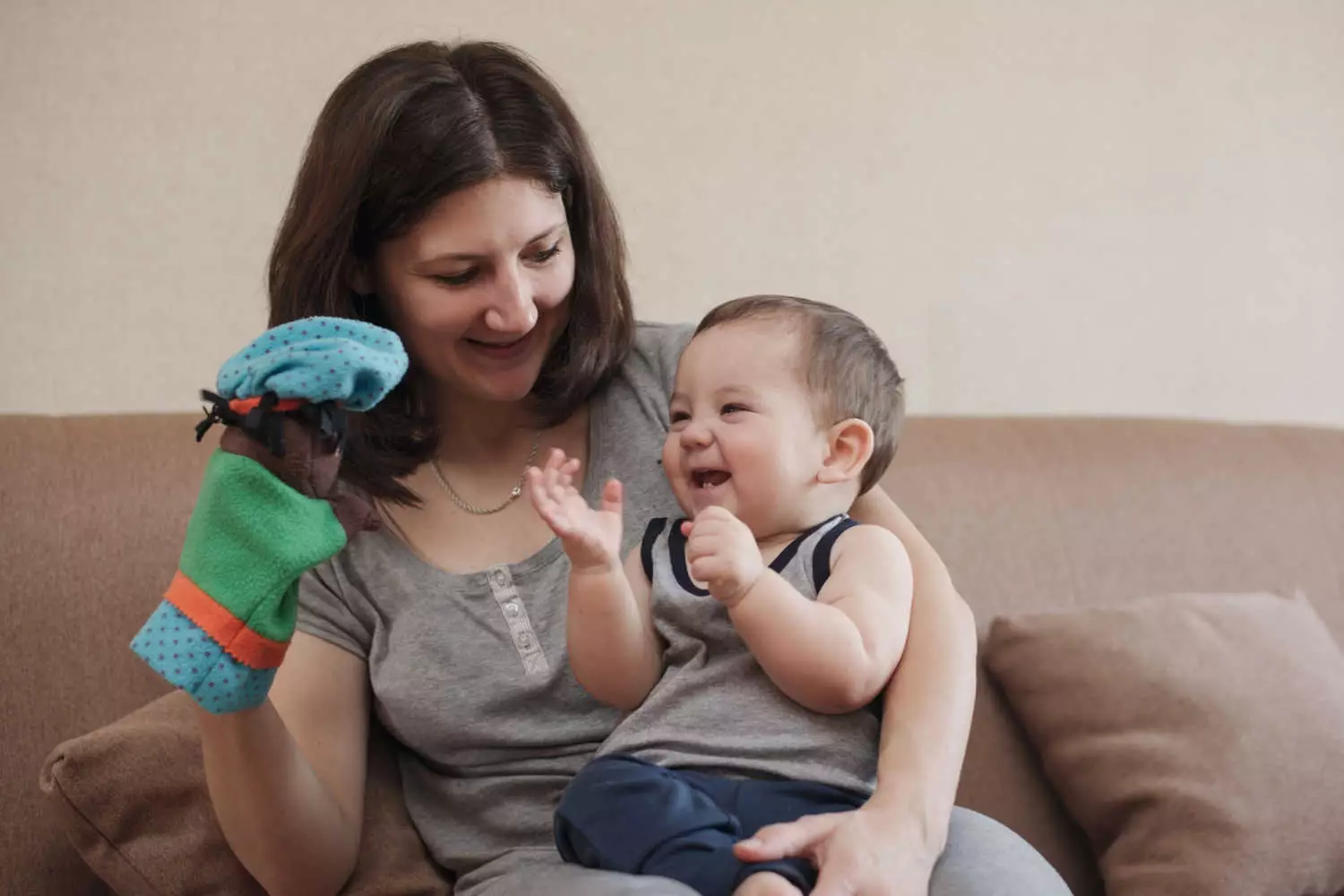
Puppet Play For Babies – How it Helps in Baby’s Development
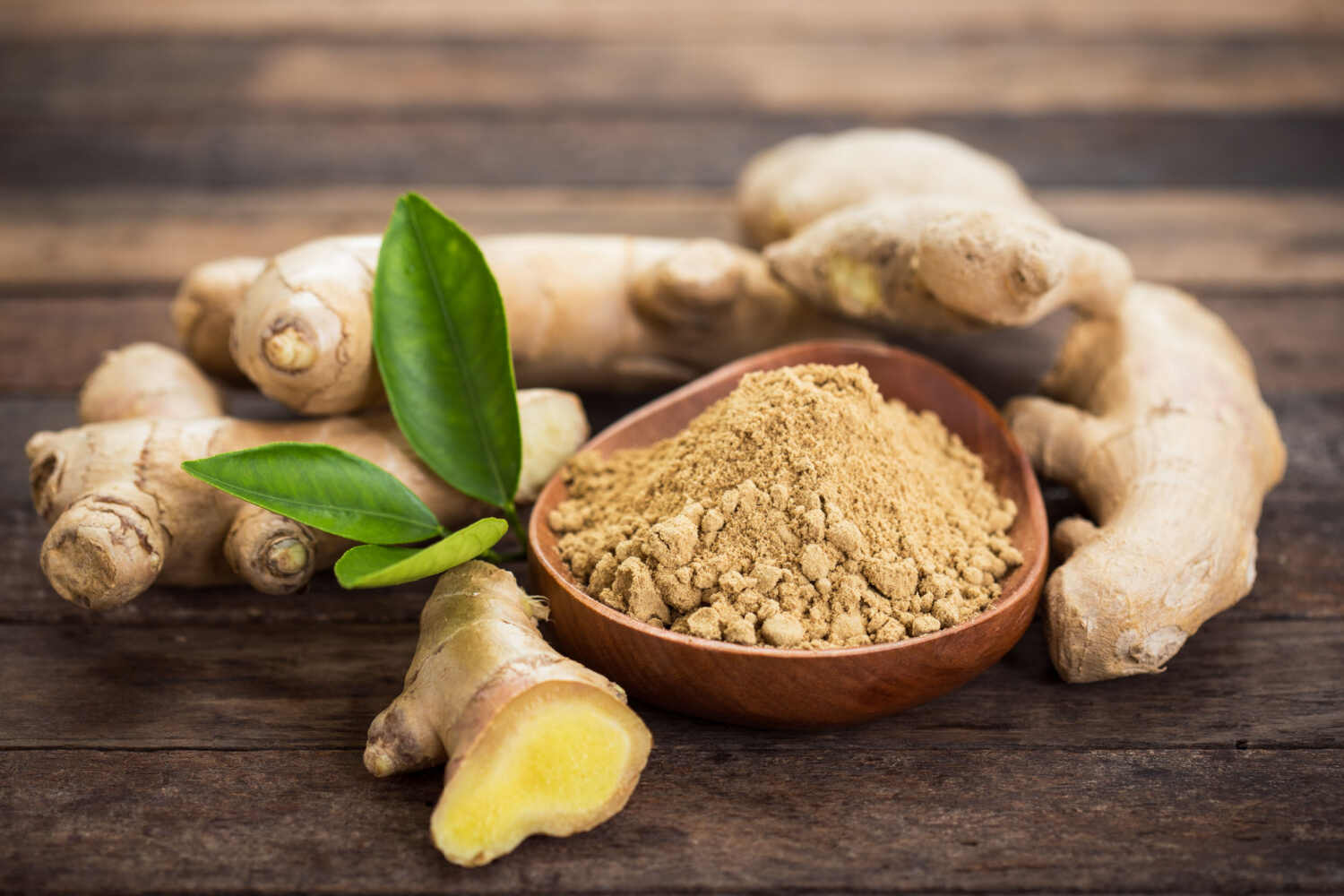
Having Ginger During Breastfeeding – Is it Safe?
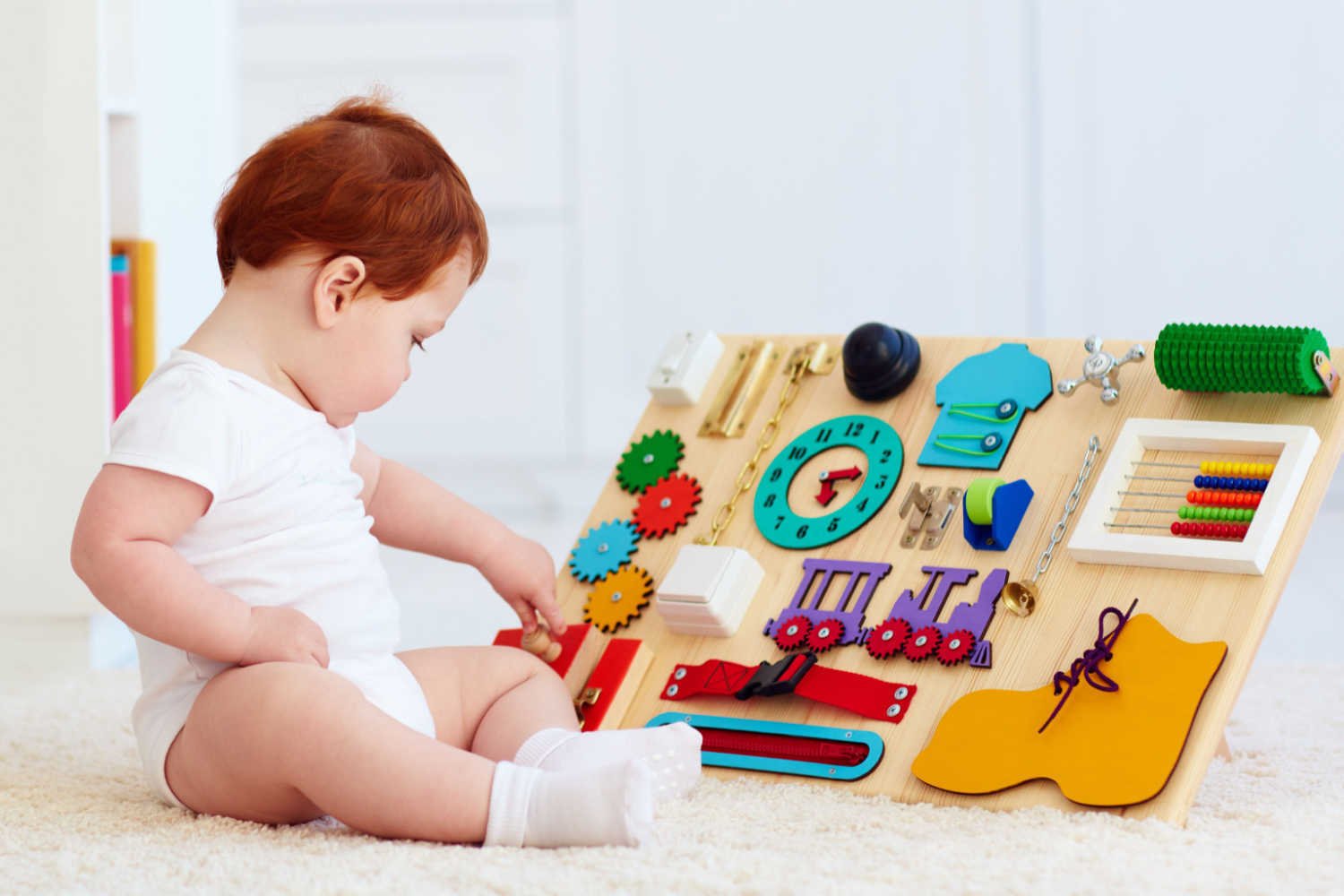
Busy Boards For Babies – How it Helps in Baby’s Development
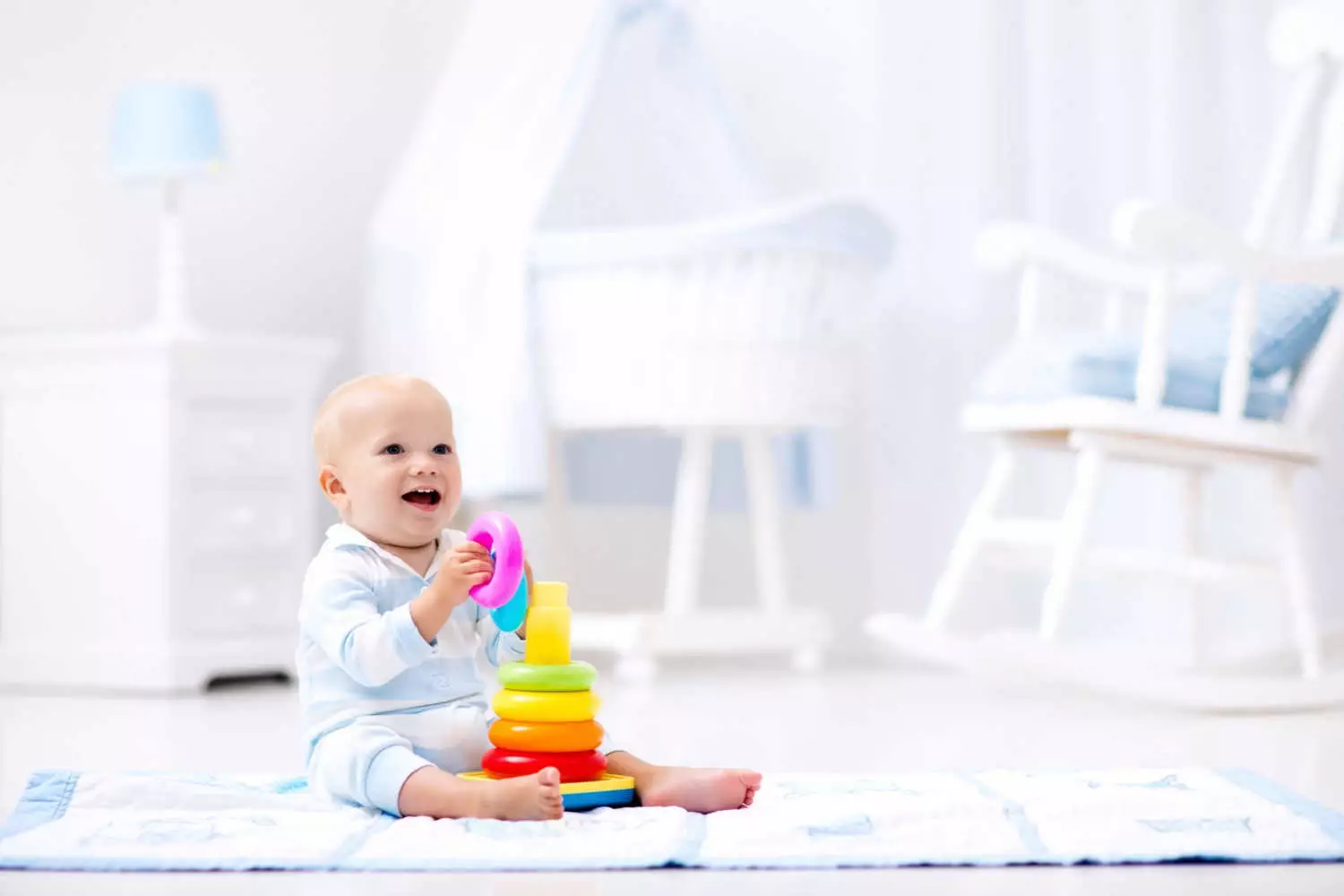
Stacking Toys For Babies – How it Helps in Baby’s Development

Psoriasis and Breastfeeding – Is it Safe, Treatment & Tips to Manage
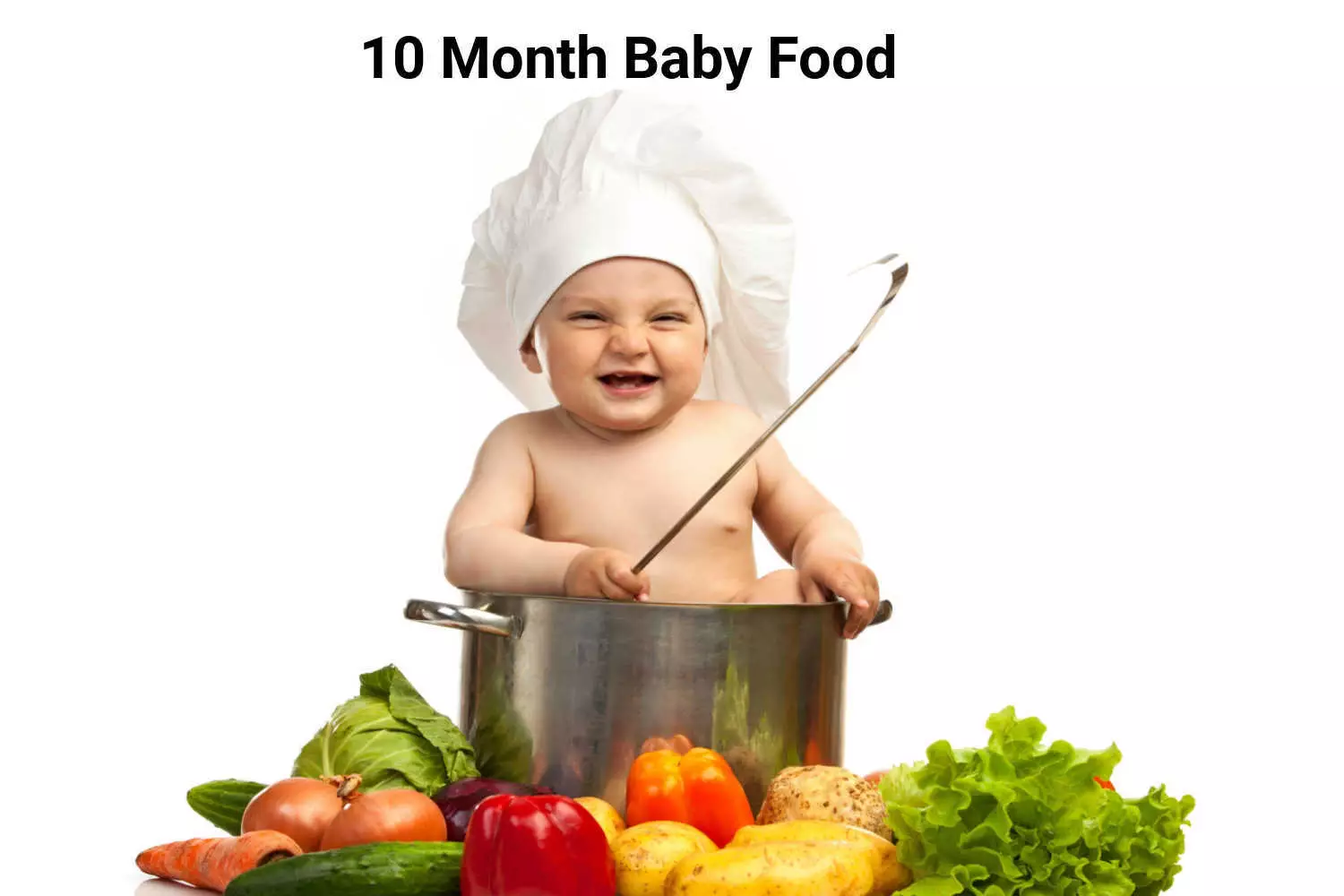
10 Month Baby Food – What to Give, What Not to Give and Sample Schedule
Sponsored content
Discover great local businesses around you for your kids.
Get regular updates, great recommendations and other right stuff at the right time.





